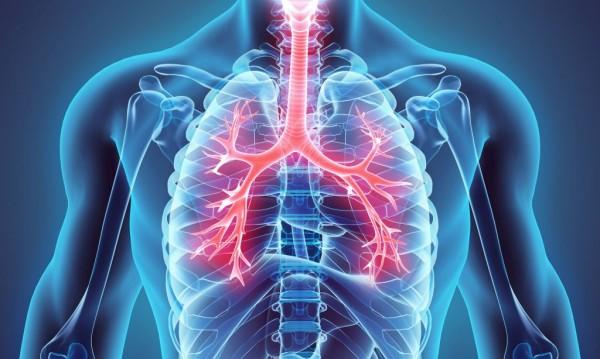
STS—in collaboration with the GO2 Foundation for Lung Cancer and the American College of Radiology—formally requested that CMS update its coverage policies to reflect the new USPSTF lung cancer screening guidelines.
March 18, 2021 — Medicare lung cancer screening coverage should be updated to reflect new U.S. Preventive Services Task Force (USPSTF) eligibility thresholds and remove barriers that keep at-risk populations from accessing these lifesaving exams. That is the message in a letter from the American College of Radiology (ACR), the GO2 Foundation for Lung Cancer and The Society of Thoracic Surgeons (STS), urging the Centers for Medicare & Medicaid Services (CMS) to open a National Coverage Determination (NCD) reconsideration on lung cancer screening.
“We are committed to saving lives through improved access to screening. The USPSTF has expanded the screening population — particularly among the most vulnerable and underserved. Now we urge Medicare to move quickly to cover these Americans and make changes to improve access, and make the screening process less complex. This joint ‘call to action’ reinforces that these steps will help save lives,” said Laurie Fenton Ambrose, President and CEO, GO2 Foundation for Lung Cancer.
Specifically, the groups want CMS to:
- Revise and lower the screening eligibility age to 50 years and smoking history criteria to 20 pack-years in the Medicare population.
- Revise the following key areas to safeguard against barriers in lung cancer screening uptake in the Medicare population:
- Eliminate the following annual screening eligibility criteria to mirror the National Comprehensive Cancer Network (NCCN) guidelines:
-
- Current smoker or one who has quit smoking within the past 15 years
- Upper age limit of 77 years
- Revise the “Counseling and Shared Decision Making” NCD criteria to ensure the current language and requirements do not act as barriers to screening uptake.
- Formally instruct all Medicare Administrative Contractors to cover/reimburse low-dose computed tomography (LDCT) performed in all facilities, including Independent Diagnostic Testing Facilities.
“Aligning Medicare and private insurance coverage and making these exams more accessible to those who need them can make low-dose CT scans the most successful cancer screening test in history. However, even this cost-effective test can’t help medical professionals save lives if the people who need these exams can’t access them. Medicare and private insurers should extend coverage now,” said Sean C. Grondin, MD, MPH, FRCSC, President of The Society of Thoracic Surgeons.
Lung cancer kills more people each year than breast, colon and prostate cancers combined. Annual lung cancer screening with LDCT in high-risk patients greatly reduces lung cancer deaths.[1],[2] Less than 15% of Americans who met previous USPSTF screening criteria are tested each year.[3],[4] More widespread screening could save 30,000–60,000 lives in the United States each year.
“Lack of coverage for those who need it has contributed to a severe underuse of lung cancer screening – which has undoubtedly cost lives. Swift coverage expansion by Medicare and private insurers would help doctors and allied professionals address racial and regional disparities and strike back against the nation’s leading cancer killer by using lung cancer screening to its full advantage,” said Debra Dyer, MD, FACR, Chair of the American College of Radiology Lung Cancer Screening Steering Committee.
Read the joint ACR, GO2 Foundation and STS letter.
[1] DOI: 10.1056/NEJMoa1911793
[2] DOI: 10.1056/NEJMoa1102873


 December 10, 2025
December 10, 2025 









